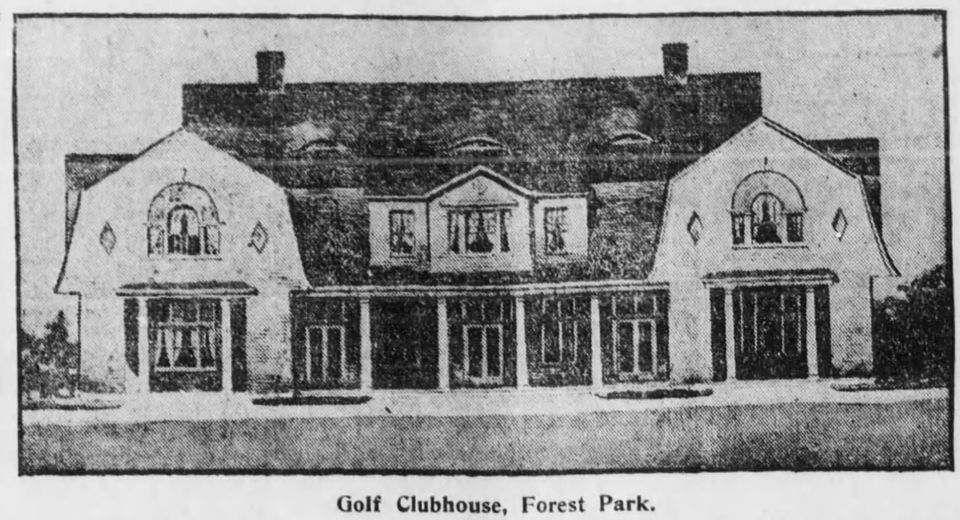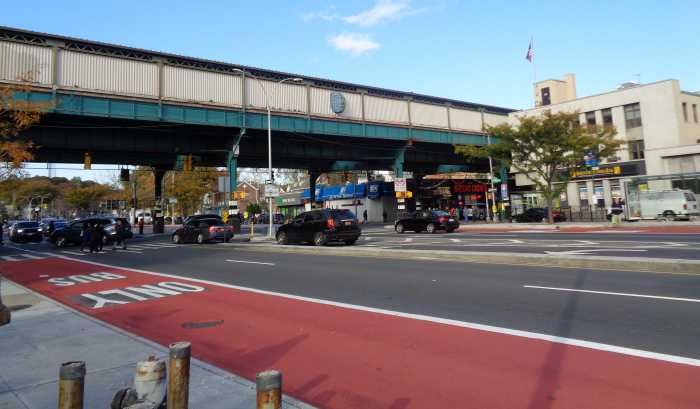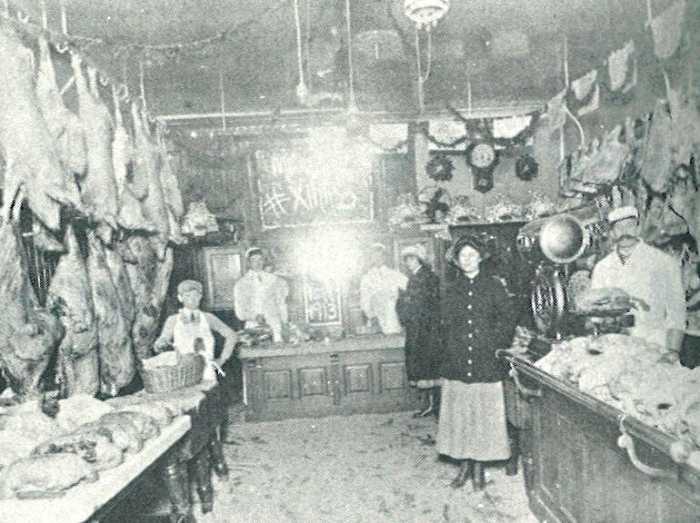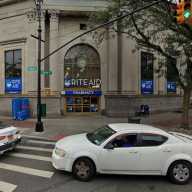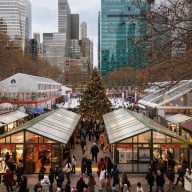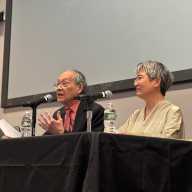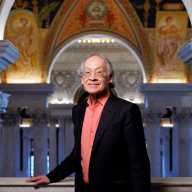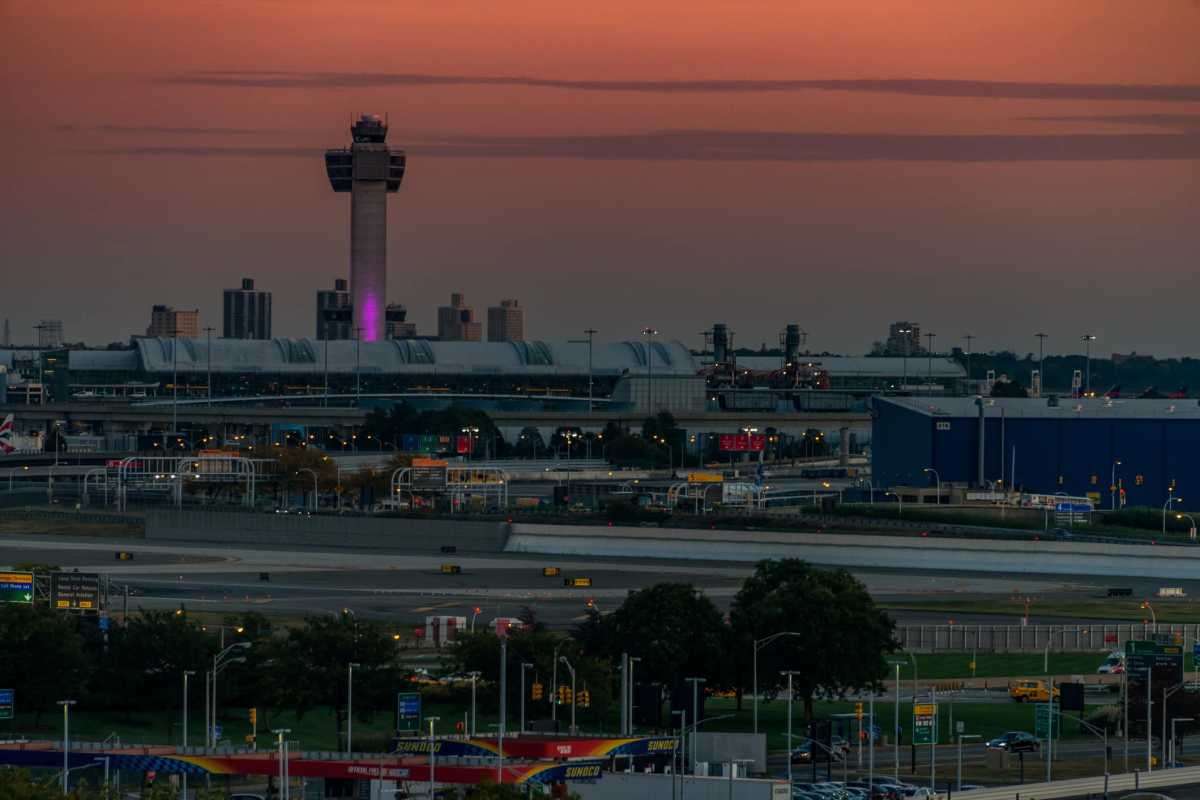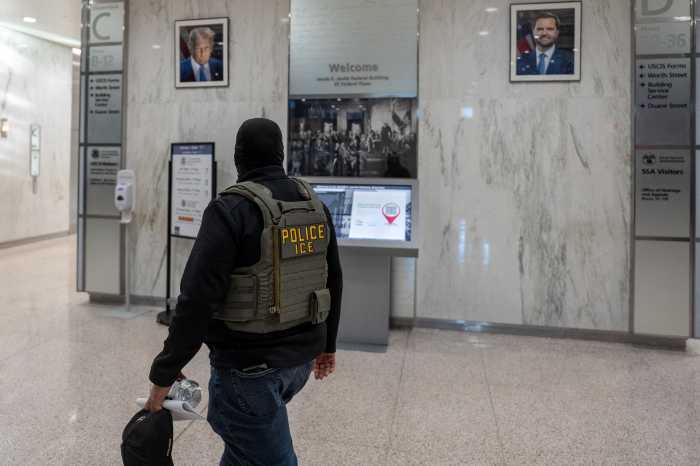For a combination of beauty and history in Woodhaven, it’s hard to beat Forest Park. This year, the park celebrates its 130th anniversary, having opened on Friday, Aug. 9, 1895, as Brooklyn’s Forest Park.
Although much of Forest Park’s 538 acres is natural woodland, the park was thoughtfully planned and designed by landscape architect Frederick Law Olmsted. It was originally envisioned as one vast, continuous park stretching from Brooklyn to Jamaica. However, changes in population and the resulting development eventually scaled back that grand vision.
A nine-hole golf course opened to the public, and by 1905, its popularity prompted an expansion to 18 holes. The course originally stretched south to Ashland Avenue, where residential homes marked the start of Woodhaven proper. As part of this expansion, a Dutch Colonial-style clubhouse was built by the architectural firm Helmle, Huberty & Hudswell, the same firm behind Brooklyn’s landmark Williamsburgh Savings Bank tower. 120 years later, that building still stands, now called Oak Ridge, serving as Forest Park’s headquarters.
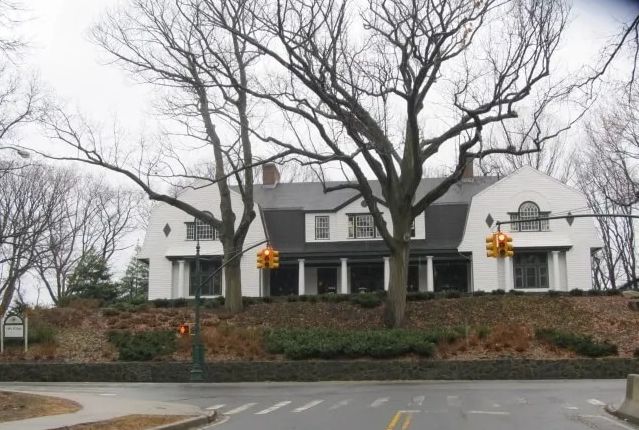
Heading east from the old clubhouse, you’ll arrive at the Seuffert Bandshell (pronounced Soy-fert), a 100-year-old bandstand named after bandleader George Seuffert Sr. (1875–1964), who launched a music program in Forest Park during the 1910s. His son, George Seuffert Jr., took up the baton in 1931 and continued leading concerts in the park until his passing in 1995.
In the early years, performances were held on a small wooden bandstand. That changed thanks to the efforts of civic leader Harry Tourte, who lobbied Mayor John F. Hylan for a more modern structure. To gauge community interest, Mayor Hylan lent the FDNY Orchestra to Tourte for a free concert. Tourte and his group canvassed the neighborhoods surrounding Forest Park, and several thousand people turned out for the event.
The overwhelming support convinced Mayor Hylan to approve the construction of a state-of-the-art concrete bandshell, one that still hosts concerts to this day. Sadly, Harry Tourte passed away just months before its completion and never saw his dream realized. The bandshell was dedicated in his memory when it officially opened on June 14, 1924.
Across the parking lot from the Seuffert Bandshell lies the Forest Park Carousel, designated a New York City landmark in 2013. Artistically, the carousel is particularly special as it was crafted by the legendary master carver Daniel Muller. Born in Germany in the 1880s, Muller immigrated to the U.S. as a child and later worked with Gustav Dentzel, a renowned carousel builder whose family had crafted carousels in Germany since the mid-18th century.
Muller blended old-world techniques with his own realistic style, eventually founding D.C. Muller and Bro. in 1903. His carvings were known for their beauty and detail and many featured militaristic touches like bugles, swords, and canteens. Over 14 years, his company built more than a dozen carousels. Today, only two remain: one in Cedar Point, Ohio, and the other right here in Forest Park.
The Forest Park Carousel features three rows of figures: the outer row includes 13 standing horses, three menagerie animals, and two chariots; the inner two rows hold 36 jumping horses in total. While it’s primarily known as a Muller carousel, the inner rows also include carvings by Dentzel and another notable carousel artist, Charles Carmel.
Not far from the carousel is one of the most beautiful hidden gems in New York City: the Forest Park Greenhouse. Built by the legendary firm Lord & Burnham, known for the New York Botanical Garden, the U.S. Botanic Garden in Washington, D.C., and Pittsburgh’s Phipps Conservatory. The greenhouse has nurtured flowers and plants for Queens and Brooklyn parks for over a century.
Continue eastward and you’ll cross Woodhaven Boulevard to reach Victory Field, a sprawling recreation complex with baseball fields, a running track and handball courts. Opened on Dec. 7, 1925, and named in honor of the Unknown Soldier of World War I, Victory Field marked its centennial this year. The track is now named after longtime Woodhaven Assemblyman Frederick D. Schmidt.
Forest Park is not just a place of natural beauty – it’s steeped in history. Visitors from a century ago would be pleased to see how much of their beloved park remains preserved, celebrated and cherished by today’s Woodhaven community.

